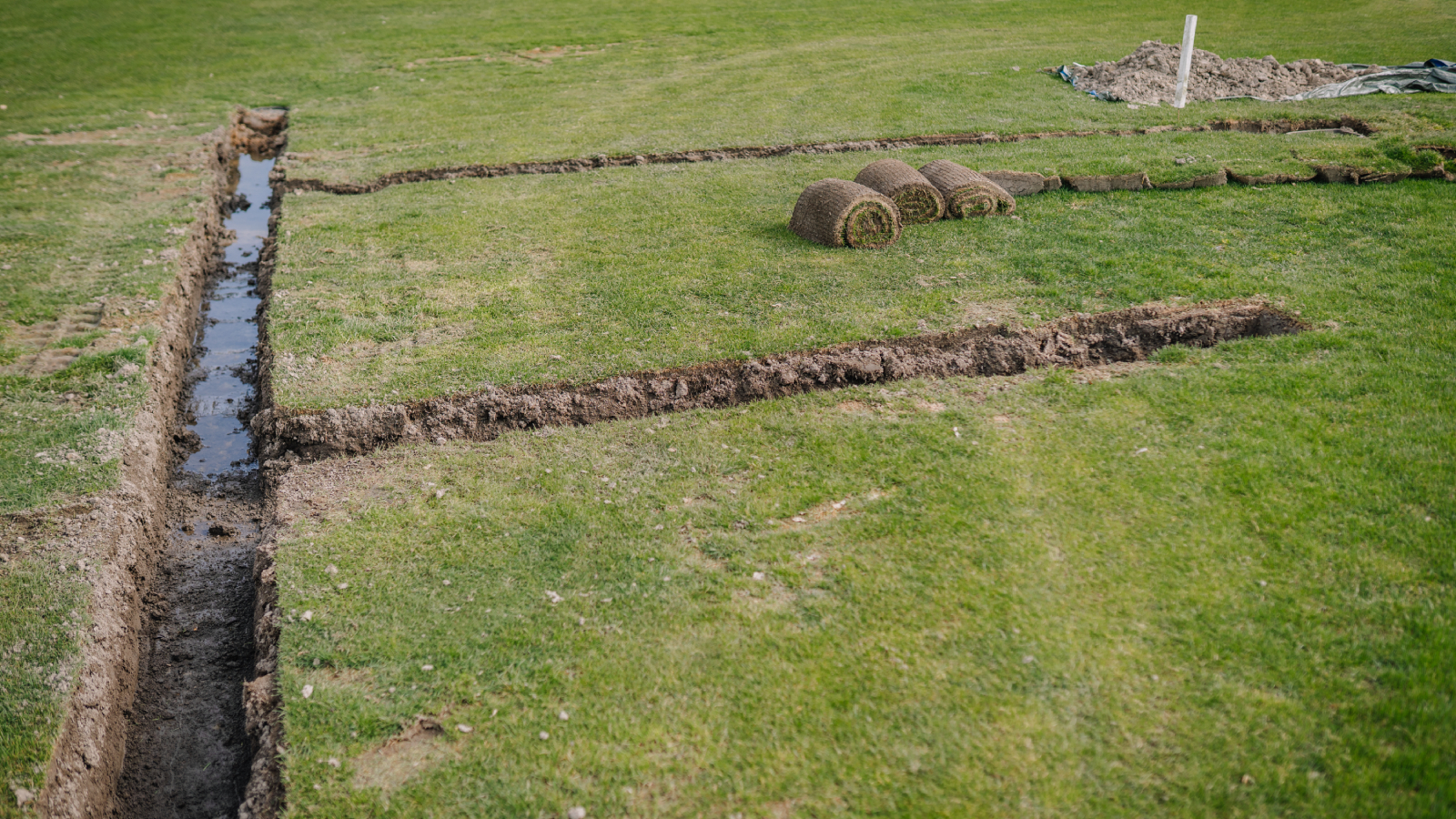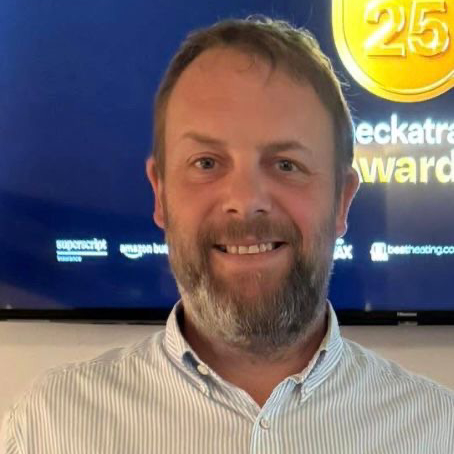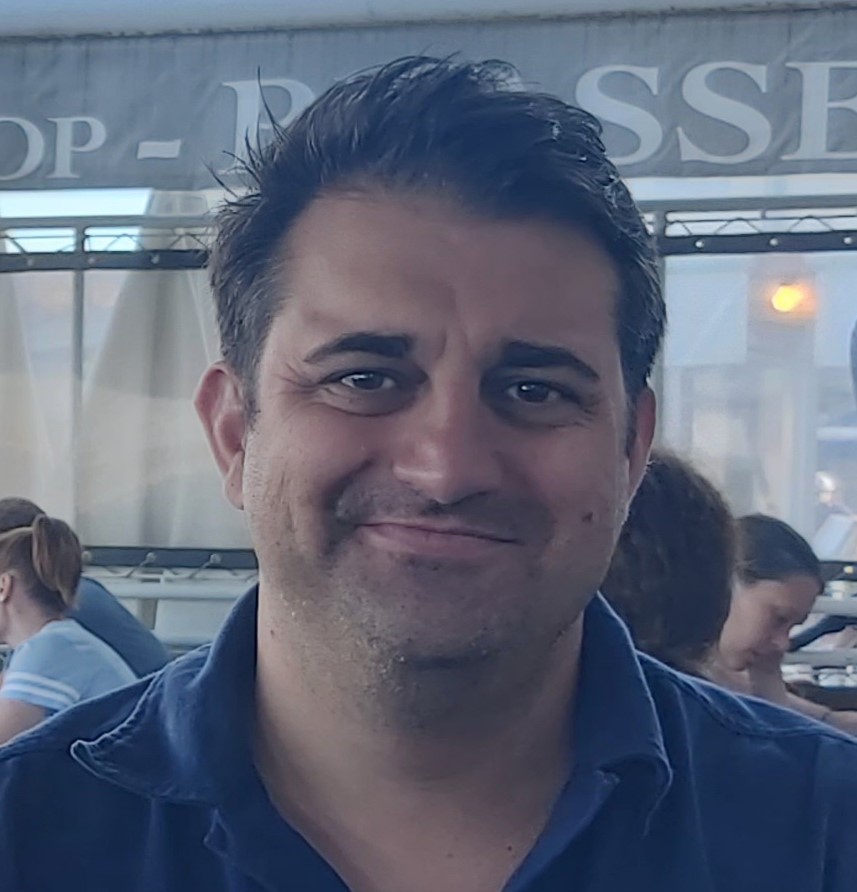Do you need a drainage field or a soakaway? Why installing the wrong one could lead to serious problems
Often wrongly named, a drainage field is not a soakaway and should only be used in certain situations. We explain the difference to help you avoid mistakes

Drainage fields are often referred to incorrectly as soakaways, causing confusion among homeowners as to which they actually need.
Although both are different types of drainage systems, they fulfil very different roles, and not installing the correct one can lead to serious issues and costly errors. One deals with household waste discharge while the other is designed to manage excess surface water.
In this article we explain everything you need to know about drainage fields, including when you might need one and how much you can expect to pay for one.
What is a drainage field?
"A drainage field is a network of pipes laid in the ground, surrounded in a bed of gravel. They treat wastewater from a septic tank or a sewage treatment plant by removing contaminants from the water prior to entering the ground," explains Checkatrade member Aaaron Willcox, owner of AW Plumbing and Heating.
They are typically created by digging trenches that are filled with perforated piping and shingle and connecting to a septic tank or sewage treatment plant. This ensures any liquid runoff from the septic tank or sewage treatment plant does not flow directly into any watercourses.
"Biological treatment takes place naturally in the aerated layers of soil," expand the drainage experts at Yorkshire Septics, "and the choice and design of your drainage field will be determined by the amount of space available and by porosity or percolation tests. These tests will establish how quickly water can dissipate and the best location for your drainage field."

Aaron Willcox is an independent, fully qualified and fully insured plumbing and heating engineer operating in and around the Kent area , offering a wide range of services, competitive rates and 24/7 emergency call outs.
Drainage field vs soakaway
Both soakaways and drainage fields deal with liquid runoff, but there is a stark difference between the two in terms of what kind of liquid they each help dissipate into the ground.
Bring your dream home to life with expert advice, how to guides and design inspiration. Sign up for our newsletter and get two free tickets to a Homebuilding & Renovating Show near you.
"A soakaway is designed to simply hold a large volume of rainwater temporarily and disperse it into the ground," explains Aaron Willcox. "It’s normally constructed by installing ‘soakway crates’ which allow the water to slowly drain away."
They are an ideal drainage solution to deal with rainfall that doesn't naturally drain from your property. They can prevent flooding and therefore stop any potential damage to a house and its foundations, but unlike drainage fields, are not used to tackle sewage.

Shop for soakaway equipment

A soakaway kit containing a 190L crate, non-woven geotextile fabric and tape

Dig your soakaway using this heavy duty all purpose shovel
![Core Water Soak Away/attenuation Water Drainage Crate Complete With Filtration Membrane Flooding Drainage Control [800mm X500mm X 540mm 0.216m³]](https://cdn.mos.cms.futurecdn.net/d4sP8T84PVDwudeYmcbmfb.jpg)
An attenuation water drainage crate complete with filtration membrane flooding drainage control
Drainage fields and planning permission
Whether you need planning permission for a drainage field depends on if you are creating a new one for a self build, or replacing an existing system.
"Typically, yes you do need planning permission for a new drainage field," confirms Aaron Willcox, "as this requires more extensive work as you will need to connect it to the mains sewer.
"However, if you are replacing an existing, failed, or outdated drainage field with a new one in the same location, you might not need planning permission. That being said, it’s worth noting that this is assessed on a case-by-case basis," advises Aaron.
In the UK, a septic tank needs to be located five metres from a boundary as well as needing to be five metres from any trees and hedges, regardless of where your property boundary is.
Septic tanks generally are not the favoured off mains drainage solution for off-grid homes, so it is worth doing your research before submitting an application.
Drainage fields and building regulations
If you plan to add a drainage field to your project, you also need to make sure your siting and drainage field design complies with Part H of the building regulations.
These state that drainage fields must be sited in a well drainage and well aerated area of subsoil with a good area of percolation. They also state that:
- Drainage fields or mounds should be designed and constructed to ensure aerobic contact between the liquid effluent and the subsoil
- Drainage fields should be constructed using perforated pipe laid in trenches of a uniform gradient which should not be steeper than 1:200
- Pipes should be laid on a 300mm layer of clean shingle or broken stone grade between 20mm and 50mm
- Trenches should be filled to a level 50mm above the pipe and covered with a layer of geotextile to prevent entry of silt. The remainder of the trench should be filled with soil, the distribution of the pipes should be laid at a depth of 500mm below the surface
- Drainage trenches should be from 300mm to 900mm wide with areas of undisturbed ground 2m wide being maintained between parallel trenches
- An inspection chamber should be installed between the septic tank and the drainage field
- Drainage fields should be set out as a continuous loop fed from the inspection chamber
Drainage field costs
"Costs can vary for a drainage field as it depends on the labour costs, excavation and waste removal - all of which are factors that vary depending on your location," says Aaron Willcox.
"To install a new drainage field in the UK you can expect to pay somewhere between £2,000 - £5,000, depending on the complexity. Factors like size will also affect the final cost," he adds.
If you are looking at your off mains drainage options, take a look at more of our drainage content including how to build a soakaway and follow the guidance regarding planning permission for a septic tank. Or, if you're currently looking for a new property, make sure these take the advice on board for buying a house with a septic tank.
Sam is based in Coventry and has been a news reporter for nearly 20 years. His work has featured in the Mirror, The Sun, MailOnline, the Independent, and news outlets throughout the world. As a copywriter, he has written for clients as diverse as Saint-Gobain, Michelin, Halfords Autocentre, Great British Heating, and Irwin Industrial Tools. During the pandemic, he converted a van into a mini-camper and is currently planning to convert his shed into an office and Star Wars shrine.

